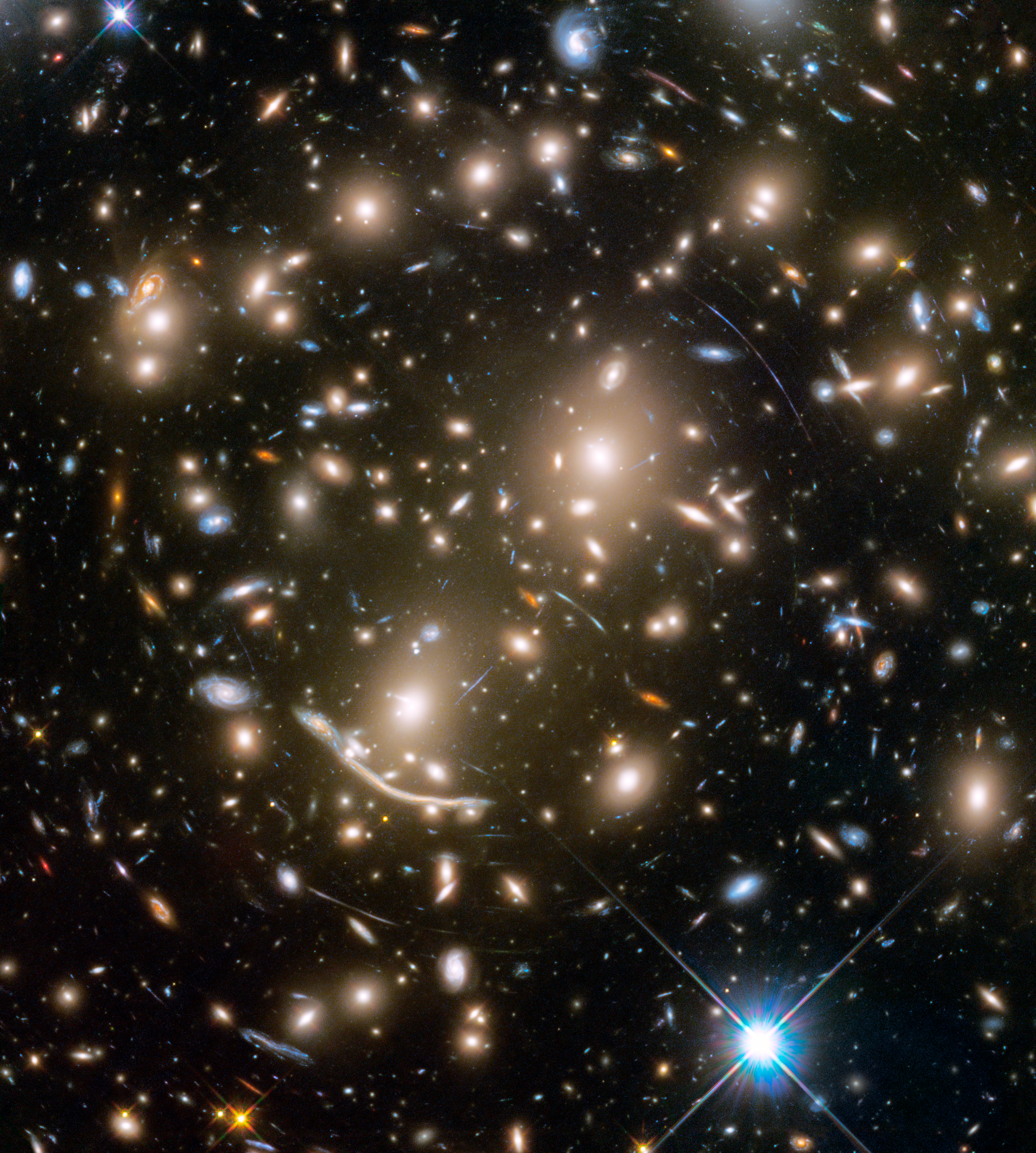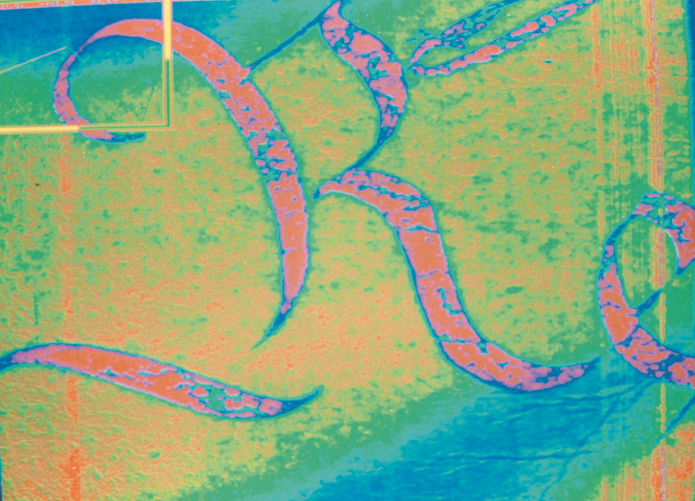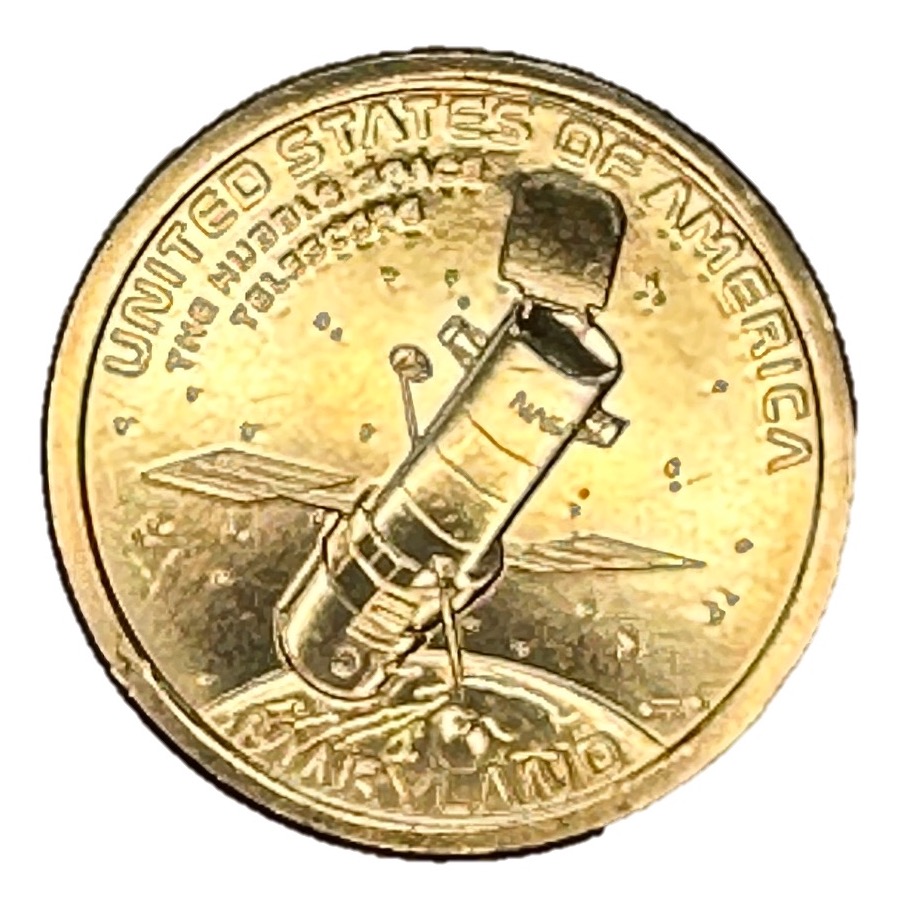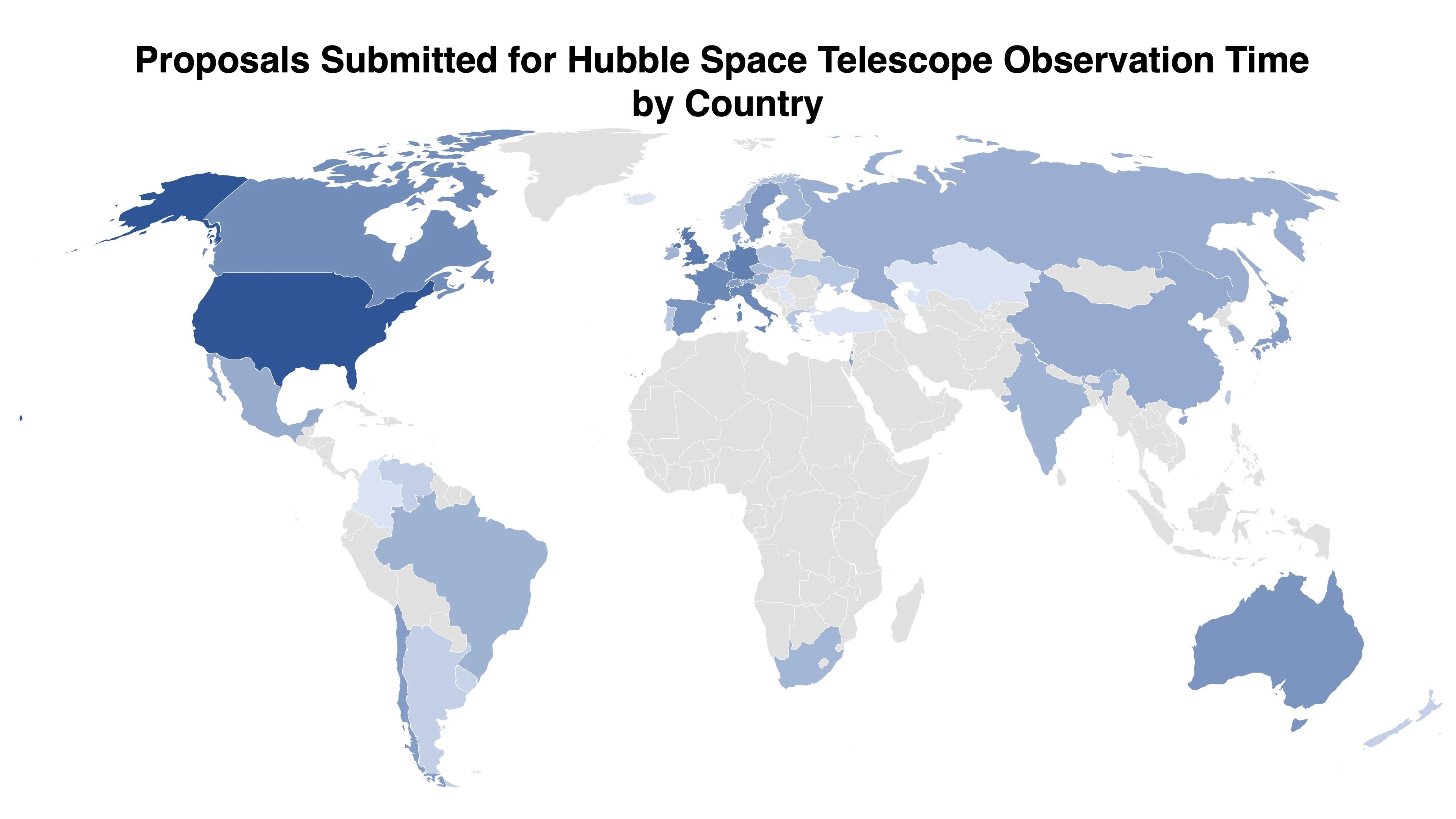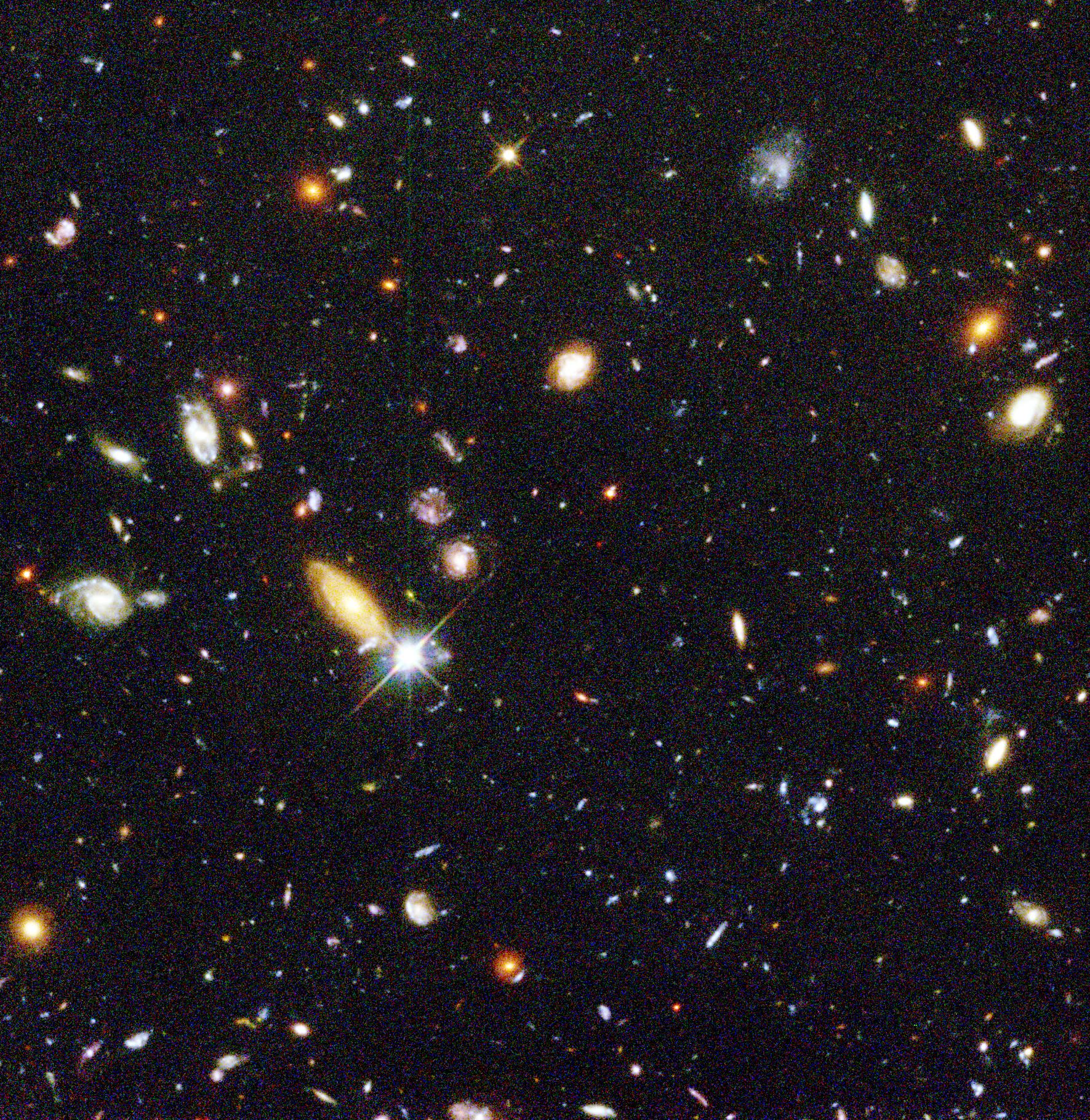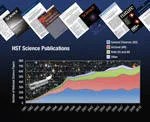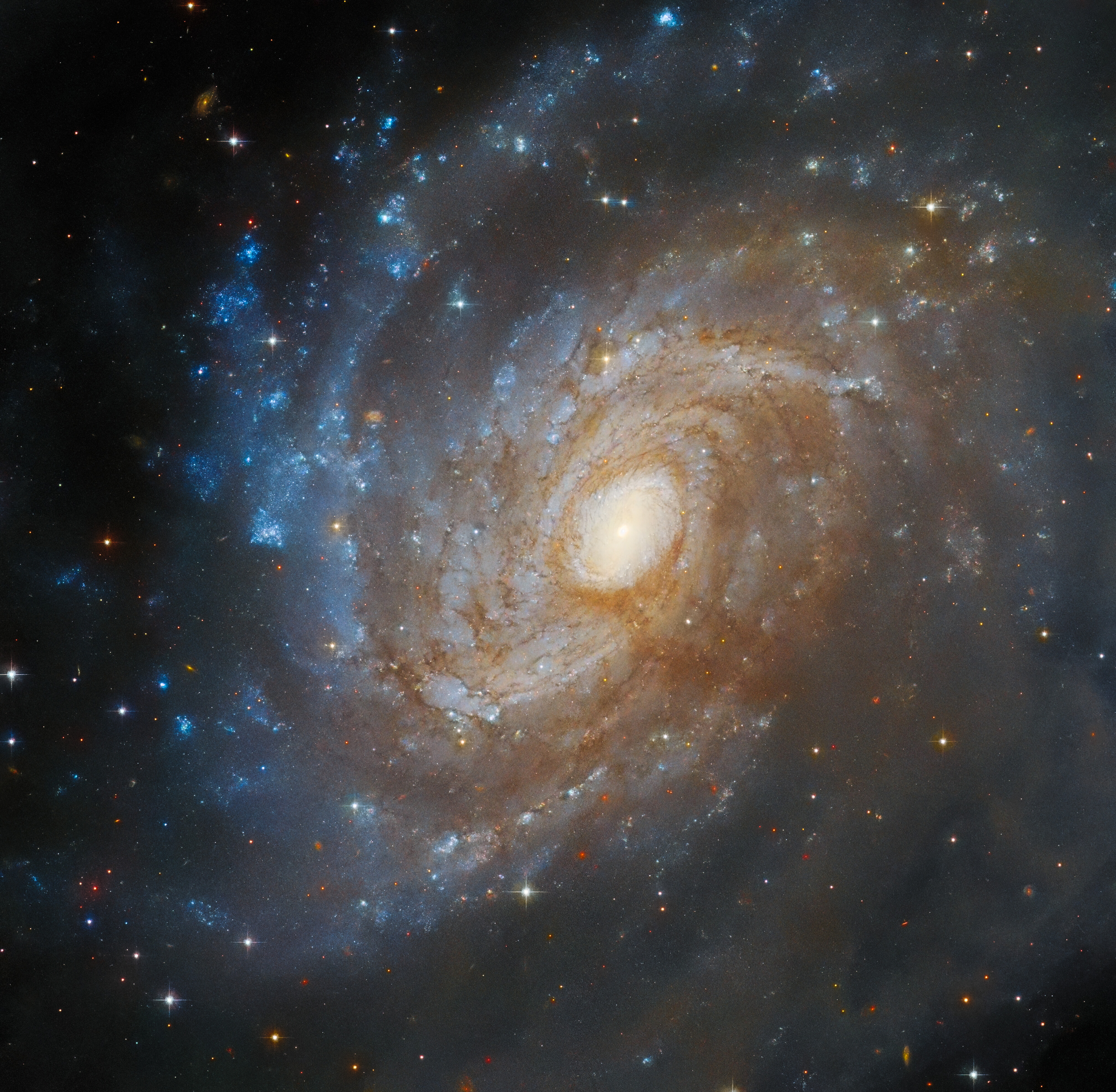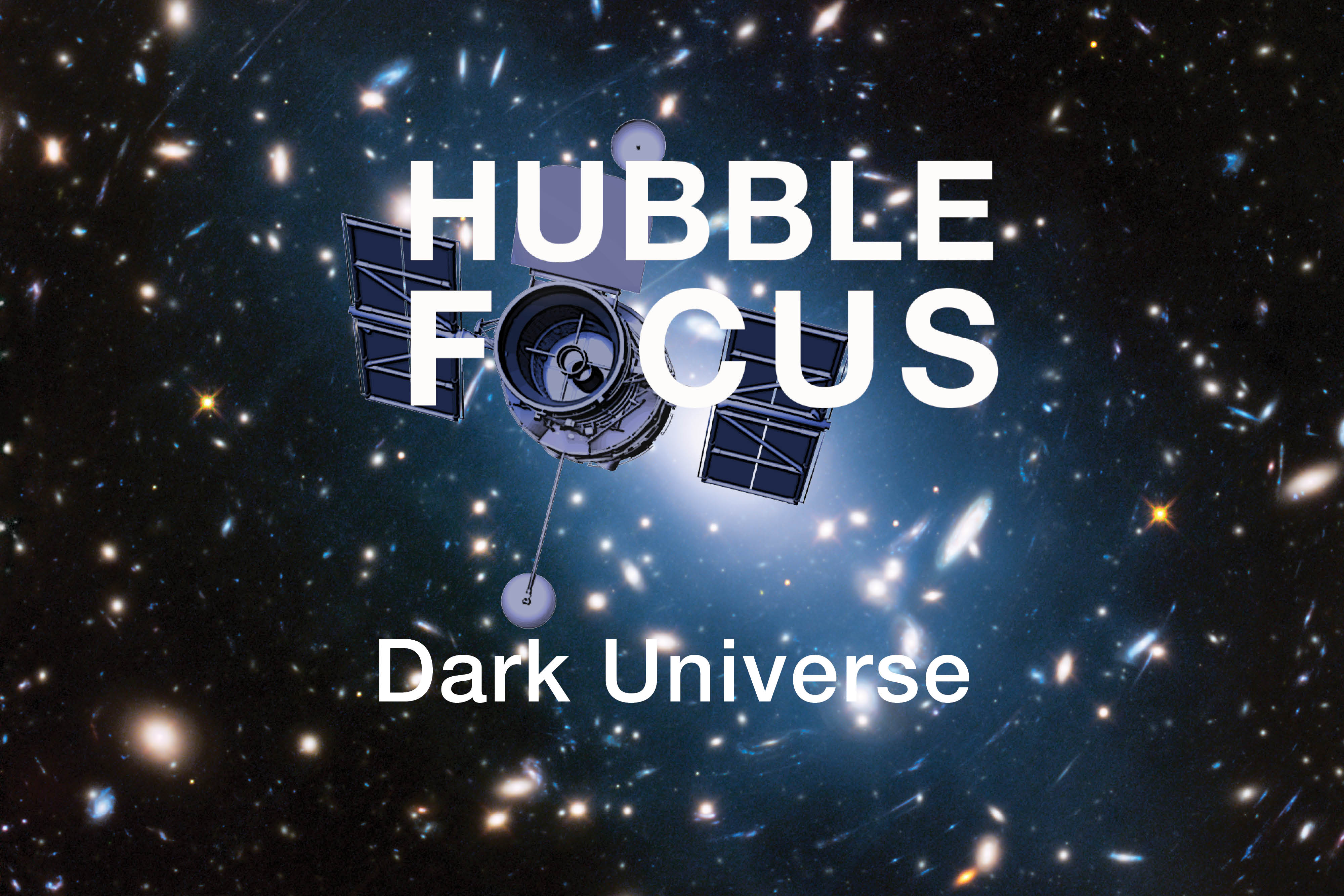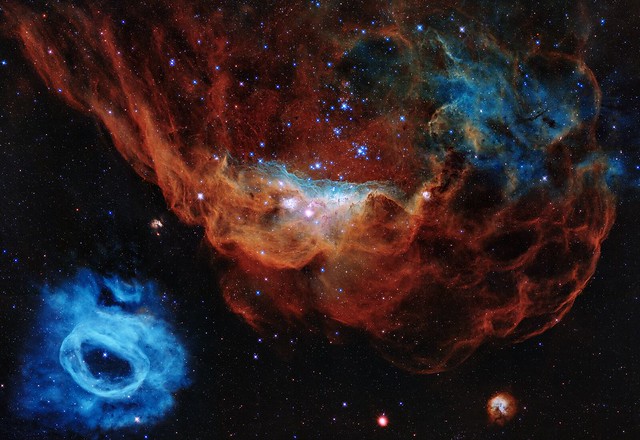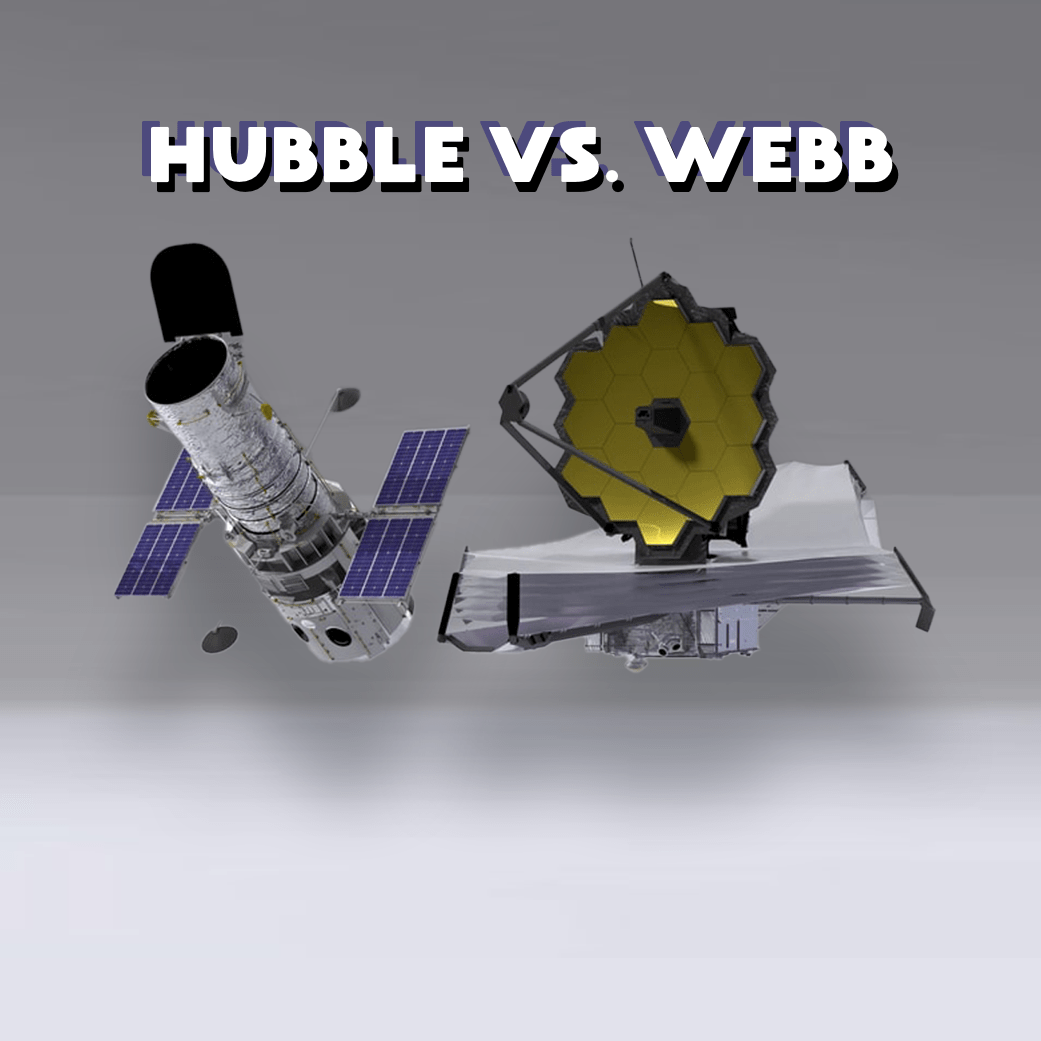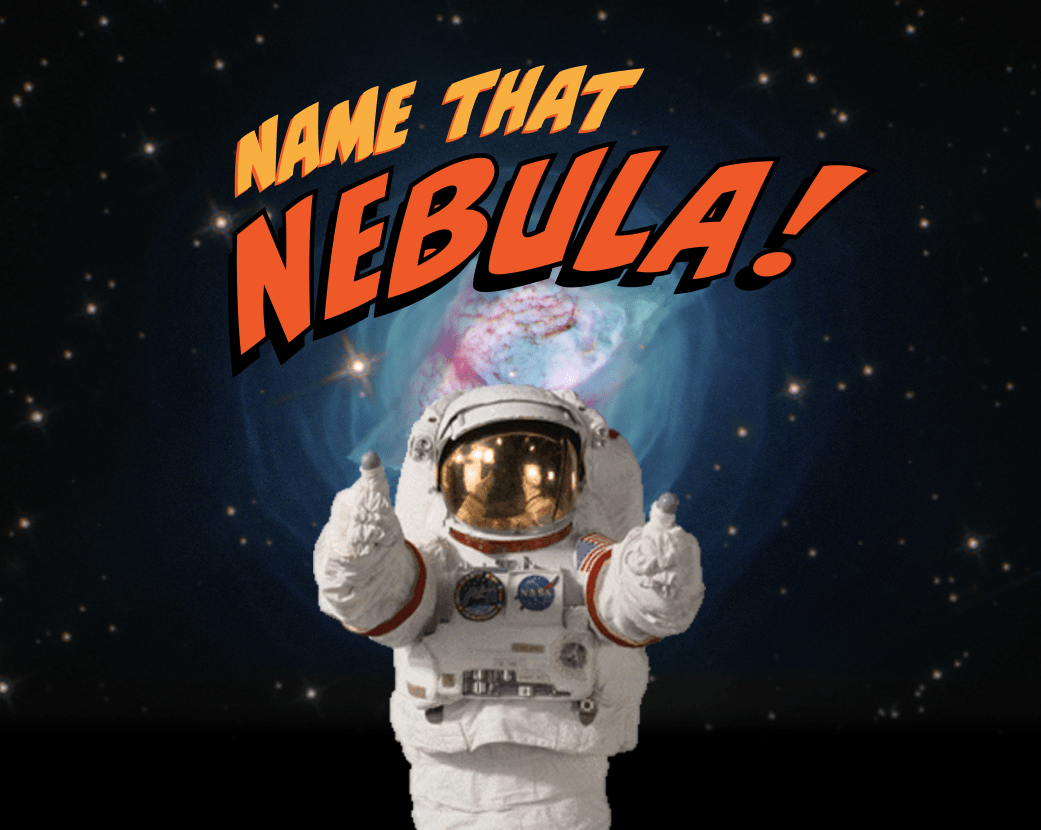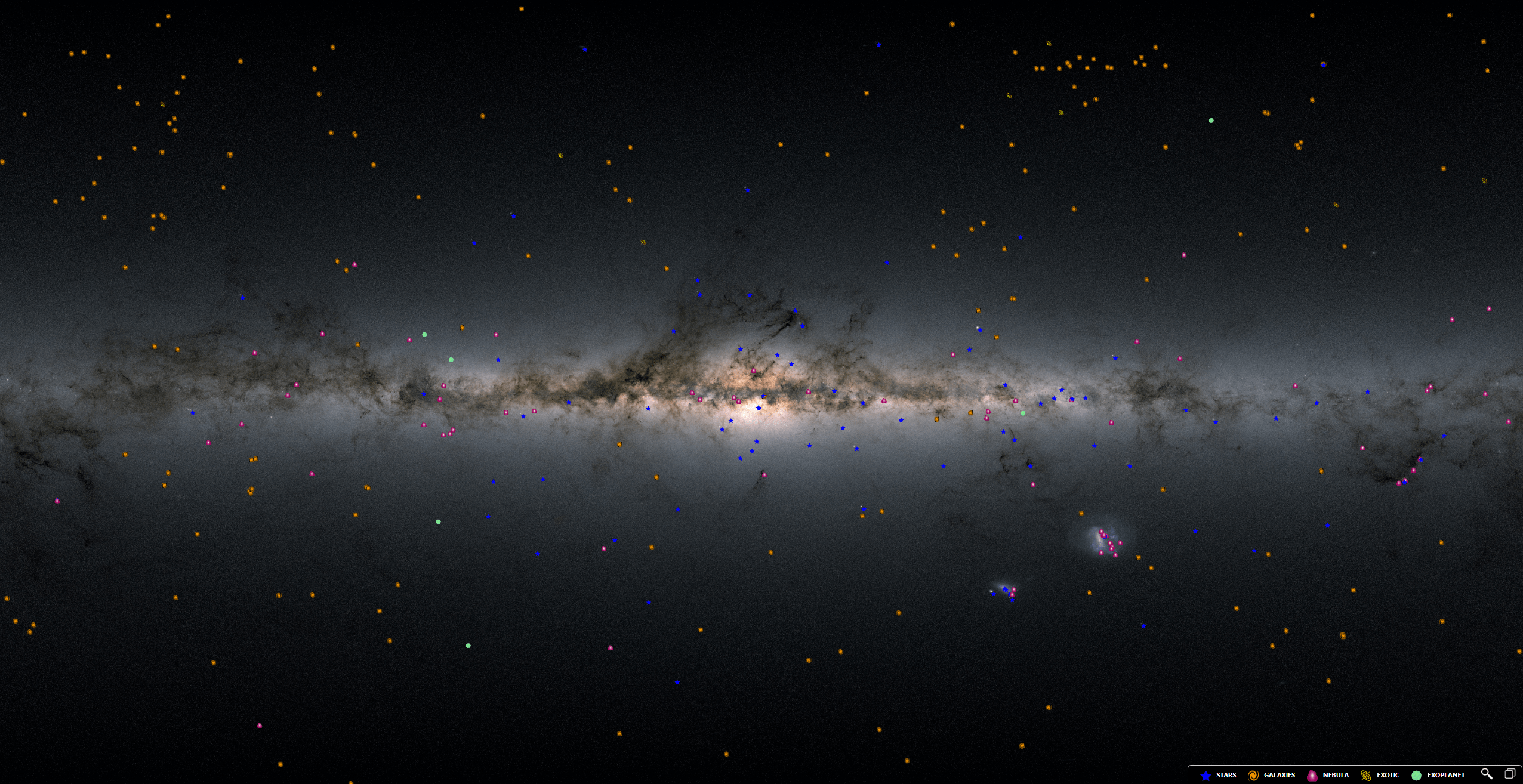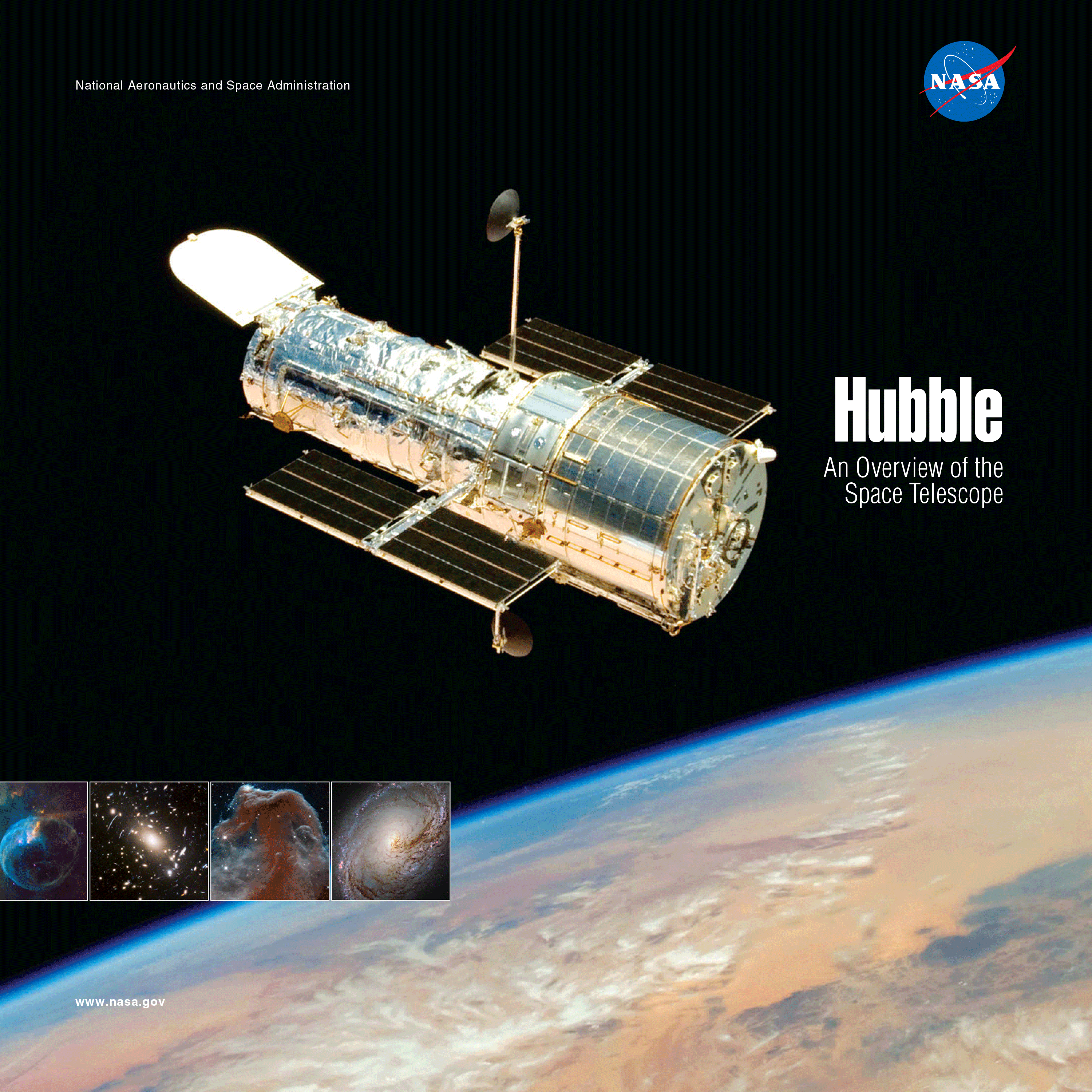A Revolutionary Telescope
Hubble became a household word by expanding our knowledge of the cosmos and for its spectacular images. But the telescope also impacted our technologies, industries, and culture.
Quick Facts
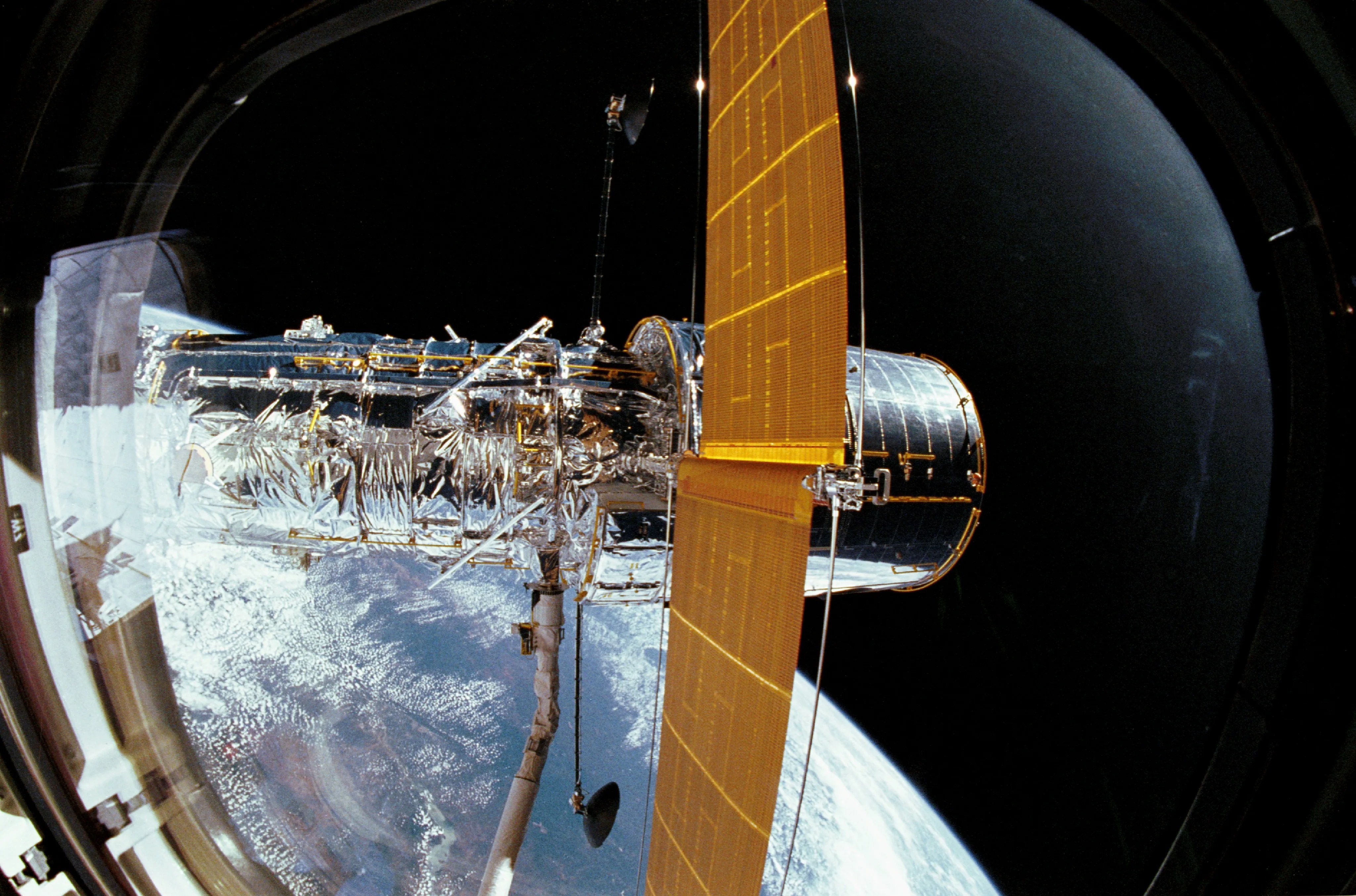
Science Impacts
Seeing more, seeing farther, seeing deeper
Hubble's view from orbit unleashed a flood of cosmic discoveries that changed astronomy forever. From its explorations of dark matter to its quest to determine the age of the universe, Hubble has helped answer some of the most compelling astronomical questions of our time.
Learn More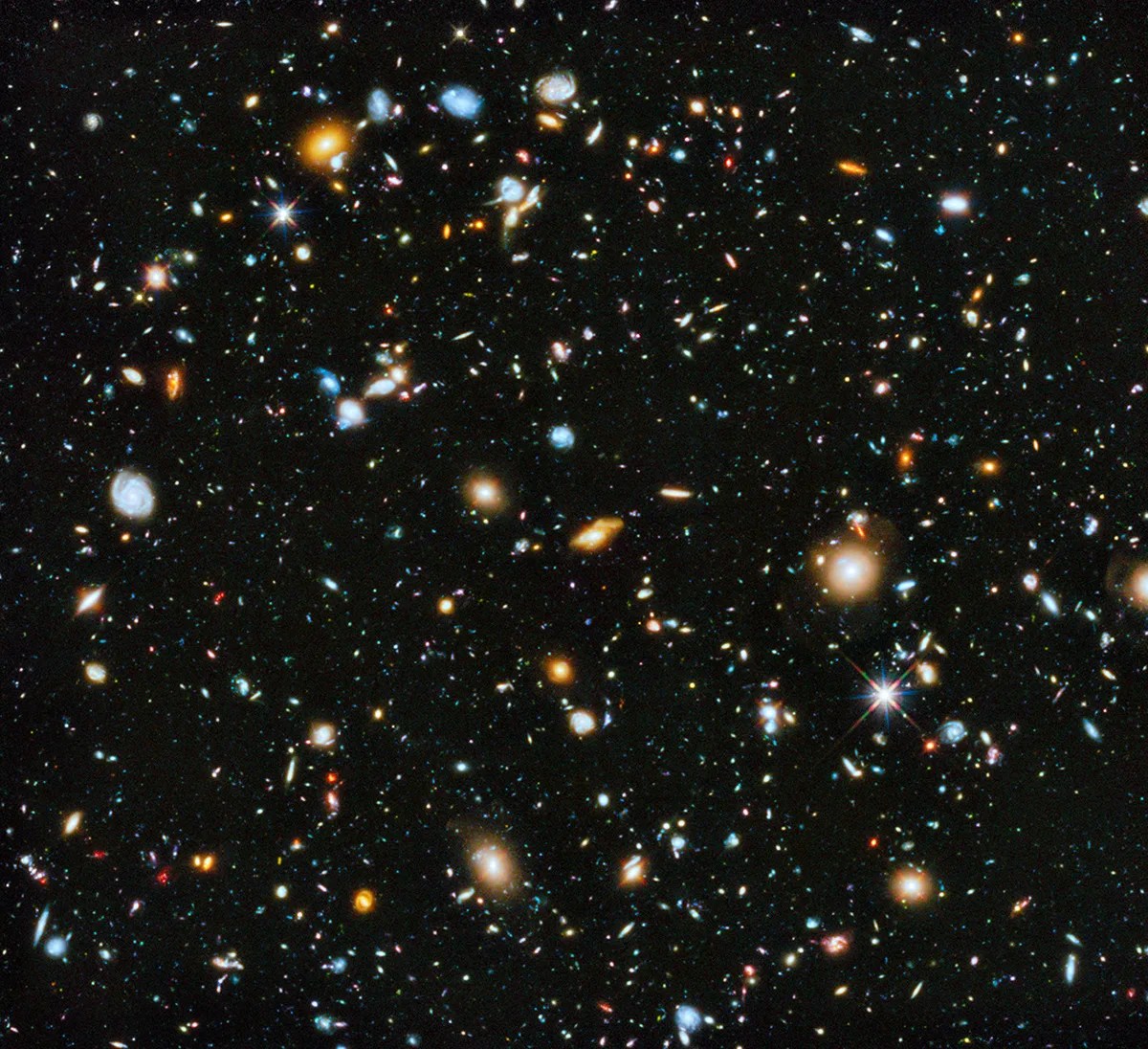
Cultural Impact
Putting the stars in “starstruck”
Hubble and its images have become a part of our cultural landscape, appearing in film, music, art and much more. From tattoos to television and shirts to stamps, Hubble is woven into the fabric of daily life.
Learn More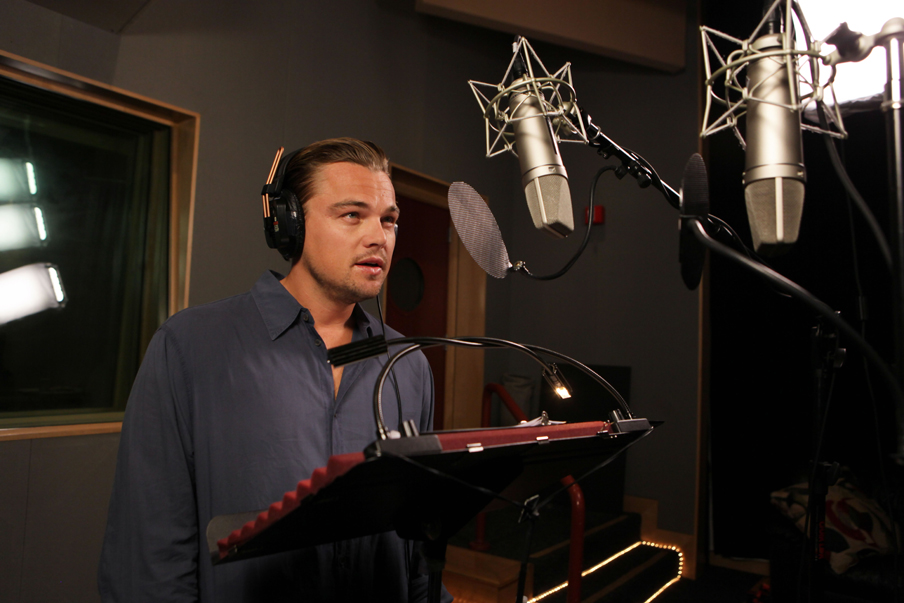
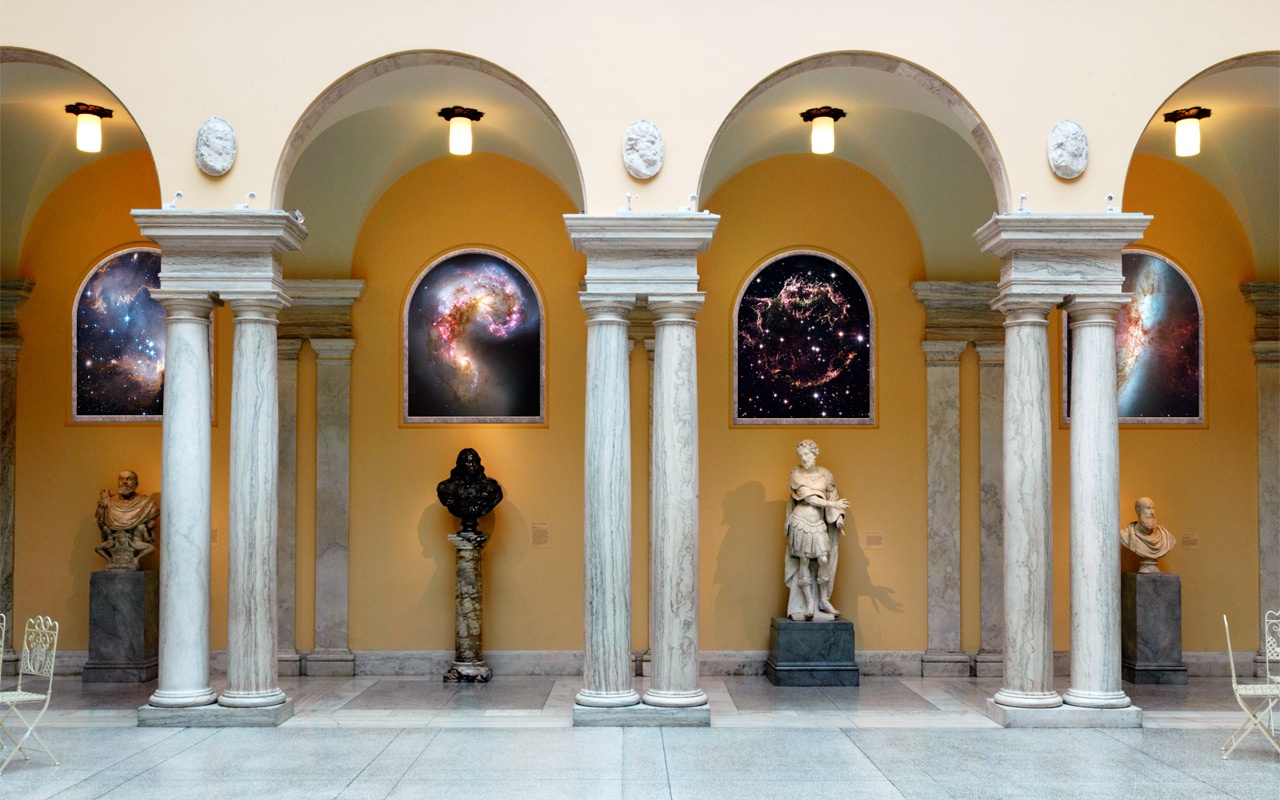
Technology Benefits
From capturing visions of space to improving life on the ground
Scientists and engineers have created a wealth of new technology for Hubble, both while it was being built and to further its mission. Many of these advances found applications on Earth.
Learn More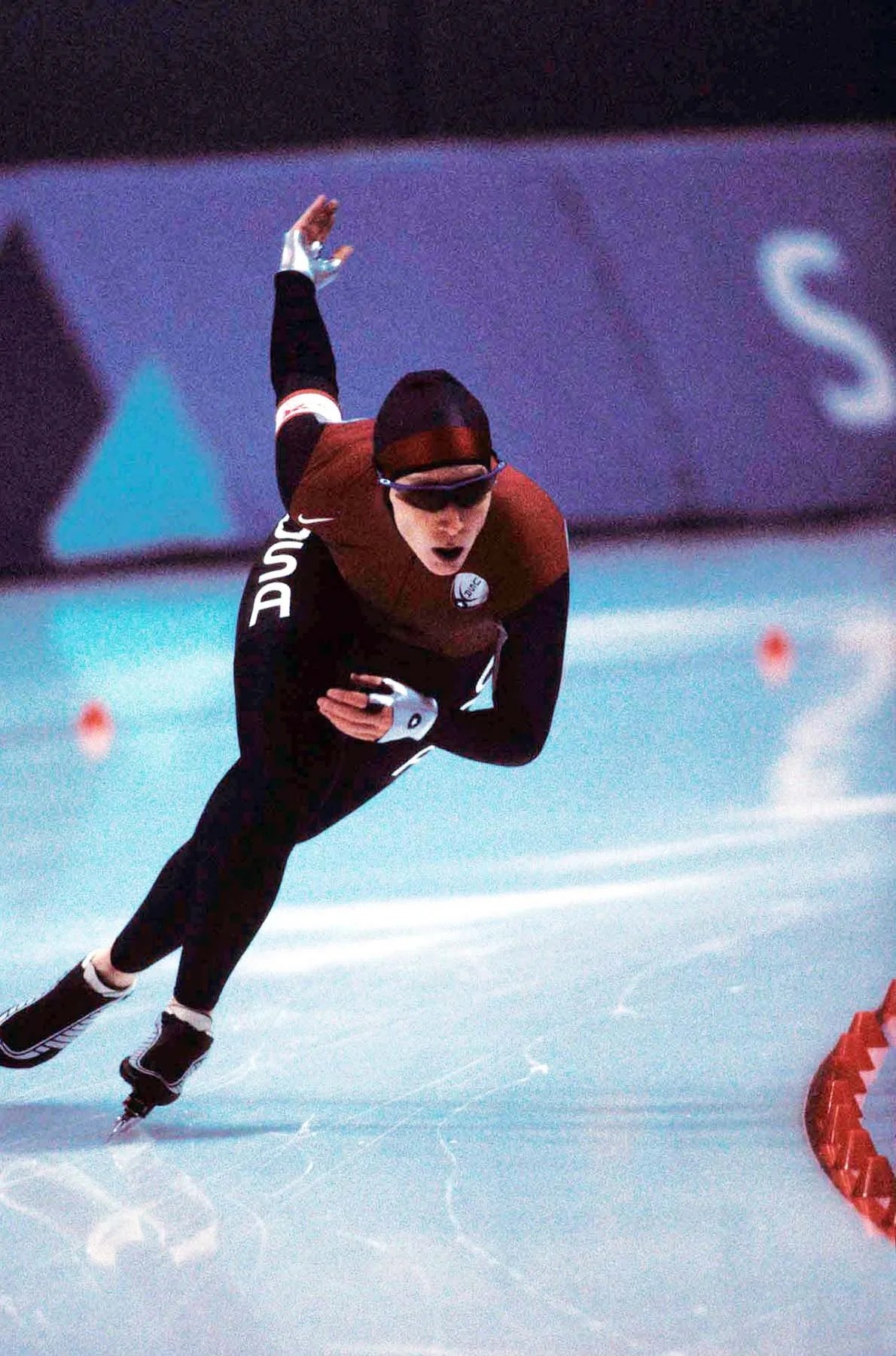
This same technology developed especially for Hubble is as we speak being used in clinics and hospitals across this country in a new breast biopsy system in a high-tech war on breast cancer.

David Leckrone
Former Hubble Senior Project Scientist
Impact on Human Spaceflight
Improving the way humans work in space
The lessons learned from Hubble’s missions have gone on to influence human spaceflight and alter the way people work in the airless, gravity-free environment beyond our planet’s boundaries.
Learn More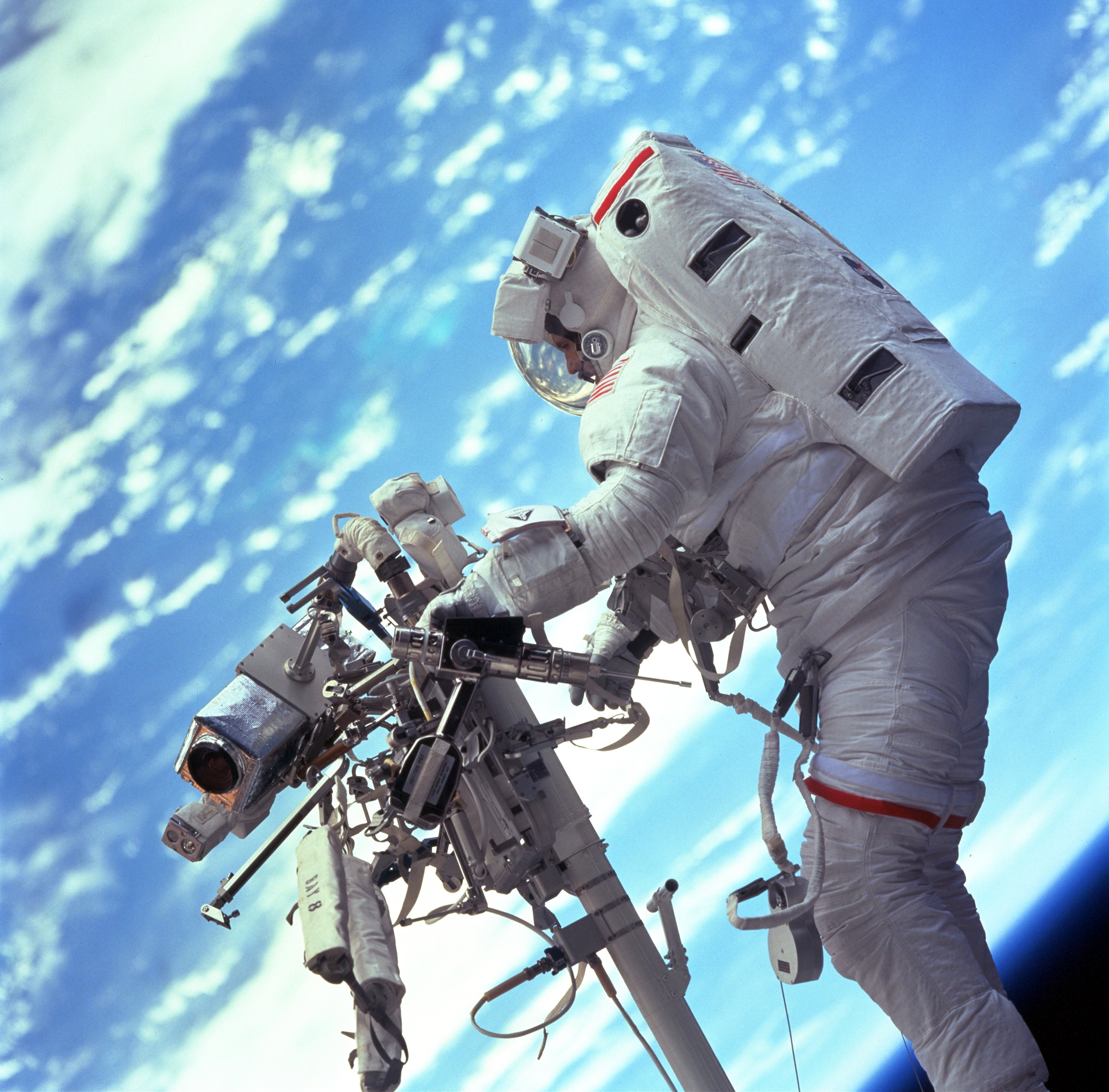
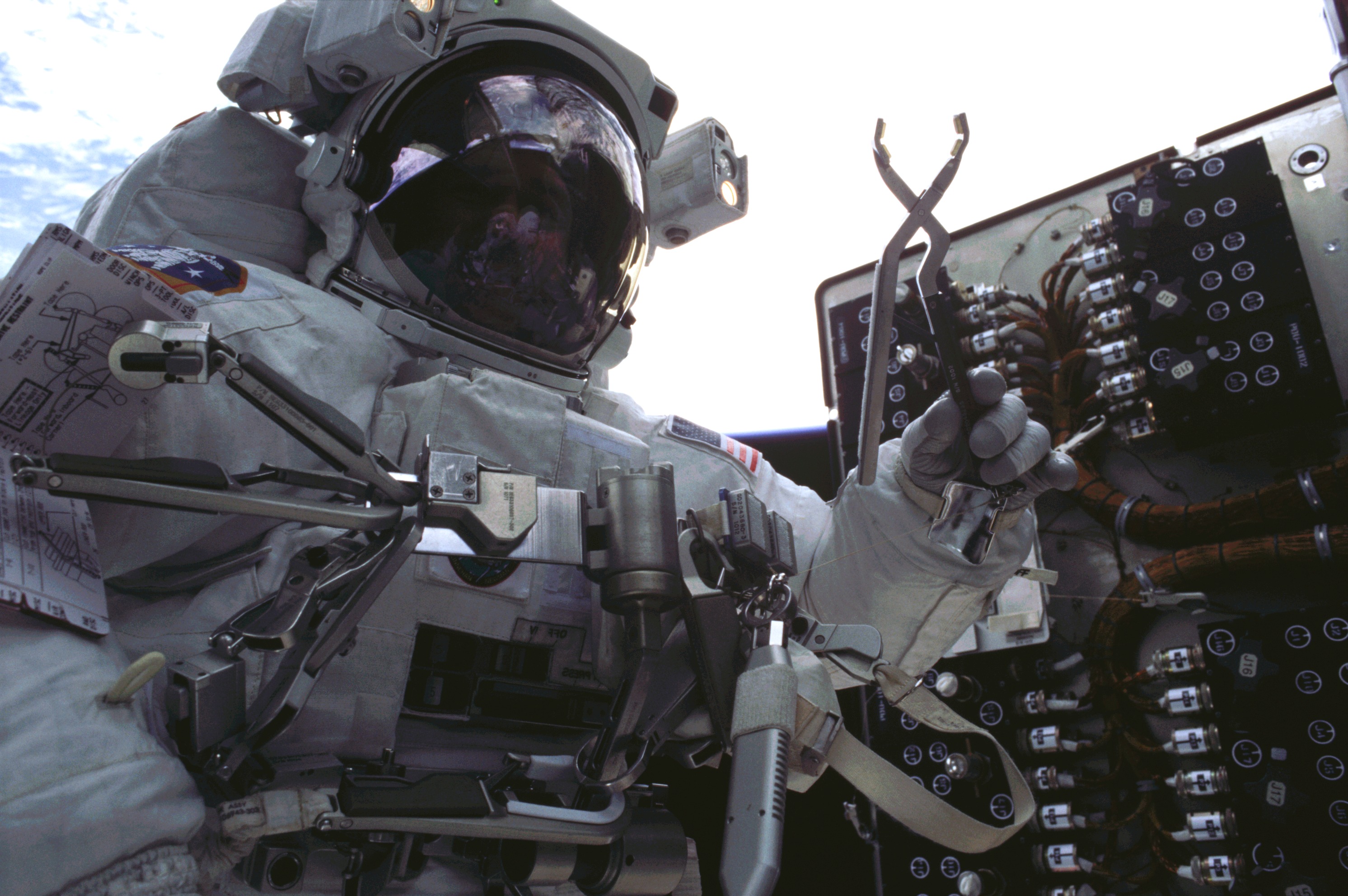
Astronomical Community Impacts
Changing the rules of astronomy
Hubble has transformed the way astronomy happens, expanding horizons on Earth even as it broke boundaries in the heavens.
Learn More